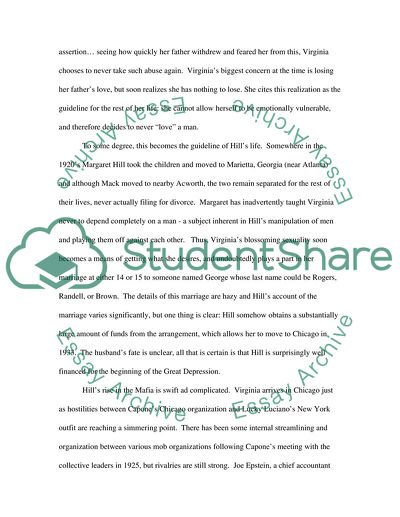Cite this document
(“History of Organized Crime Essay Example | Topics and Well Written Essays - 2500 words”, n.d.)
Retrieved from https://studentshare.org/miscellaneous/1536677-history-of-organized-crime
Retrieved from https://studentshare.org/miscellaneous/1536677-history-of-organized-crime
(History of Organized Crime Essay Example | Topics and Well Written Essays - 2500 Words)
https://studentshare.org/miscellaneous/1536677-history-of-organized-crime.
https://studentshare.org/miscellaneous/1536677-history-of-organized-crime.
“History of Organized Crime Essay Example | Topics and Well Written Essays - 2500 Words”, n.d. https://studentshare.org/miscellaneous/1536677-history-of-organized-crime.


